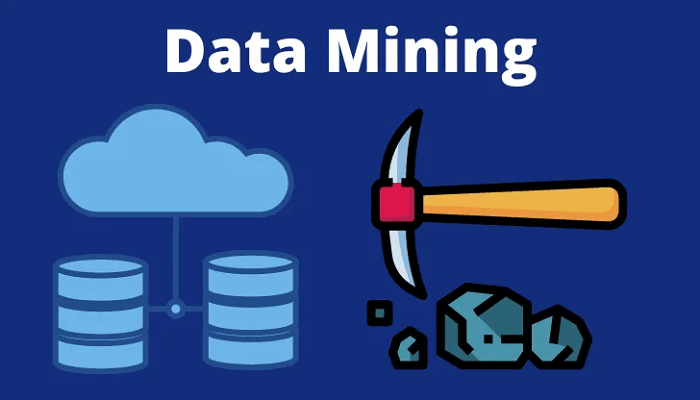Data Mining DefinitionIn order to find patterns, spot trends, and acquire an understanding of how to use the data, it is necessary to analyze large amounts of data. This process is known as data mining. Data miners can then use these results to predict outcomes or make choices. Companies employ data mining as a method to transform unstructured data into information that is useful. Businesses can gain additional insight into their consumers to create more successful marketing campaigns, boost sales, and cut expenses by employing software to seek patterns in massive data volumes. Data efficient gathering, storage, and processing are essential for data mining. 
Data Mining ProcessThe process of looking through and processing enormous amounts of data to find important patterns and trends is known as data mining. It has a wide range of uses, including database marketing, credit risk management, intrusion detection, weeding out spam emails, and even user mood analysis. The procedure for data mining consists of five stages. Organizations first collect data, which is then put into data warehouses. After that, the data is stored and maintained on either private servers or a cloud. Business analysts, management teams, and information technology professionals can access the data and determine how to organize it. The data is then organized by application software in accordance with the user's discoveries. Finally, the end-user presents the data in a way that is easy to understand, like a graph or chart. Mining and Data Warehousing SoftwareBased on user requests, data mining tools examine connections and trends in data. For example, a company might use data mining tools to create information classifications. Imagine a restaurant that wants to use data mining techniques to determine when to offer specific specials as example. It analyses the information it has collected and creates classes based on the quantity and frequency of client visits. Occasionally, data miners look for information clusters with logical relationships, or they examine associations & ordered patterns to identify trends in consumer behavior. Warehousing is an essential part of data mining. Organizations store all of their info in a single application or database. Using a data warehouse, a company can isolate particular data segments for examination and utilization by particular users. In other instances, analysts might begin with the desired data and build a data warehouse around it. 
Data Mining MethodologiesAlgorithms and a variety of techniques are used in data mining to transform massive data sets into usable output. The most often used kinds of data mining methods are as follows:
Next TopicData Science Definition
|
 For Videos Join Our Youtube Channel: Join Now
For Videos Join Our Youtube Channel: Join Now
Feedback
- Send your Feedback to [email protected]
Help Others, Please Share









